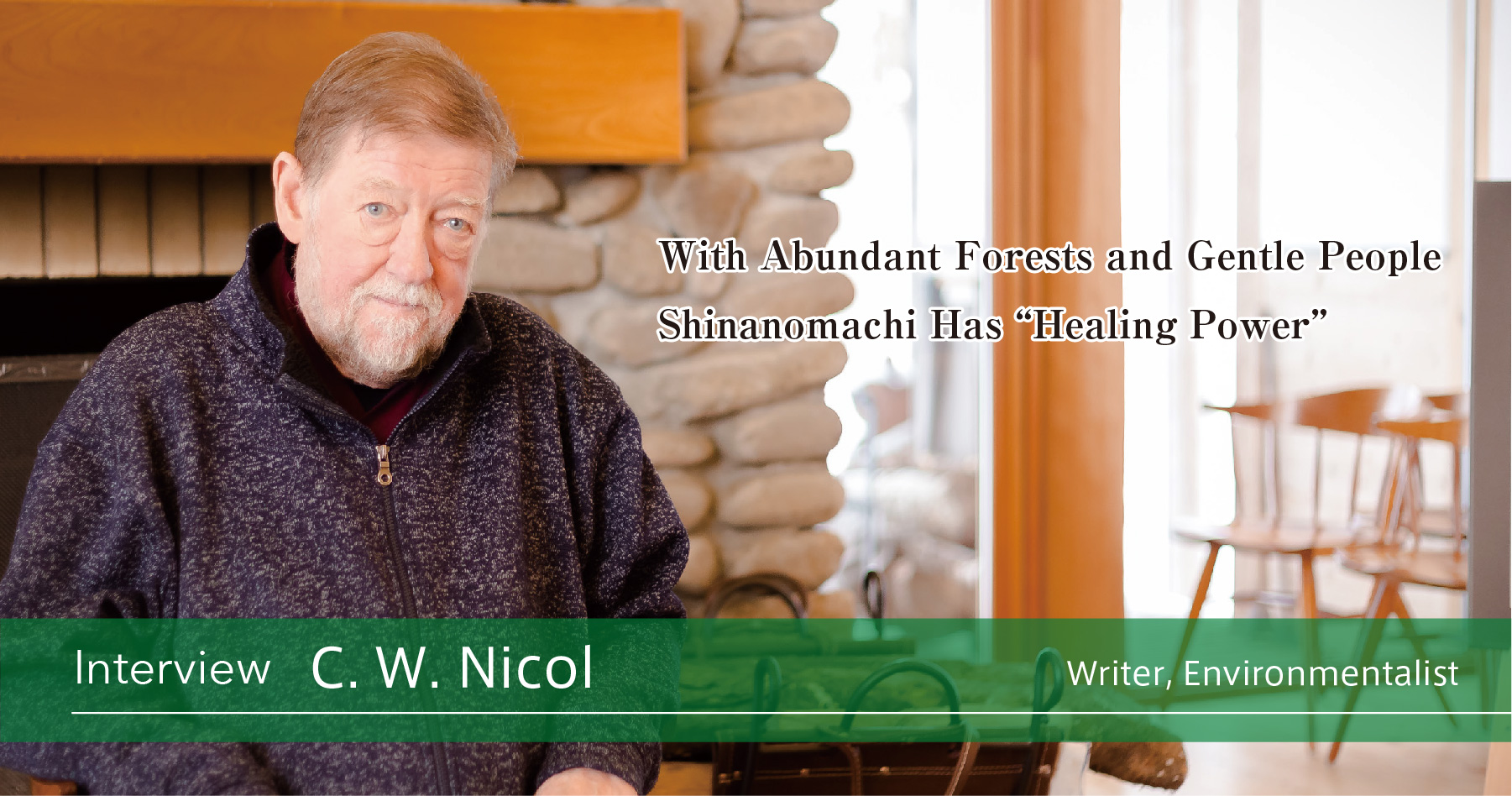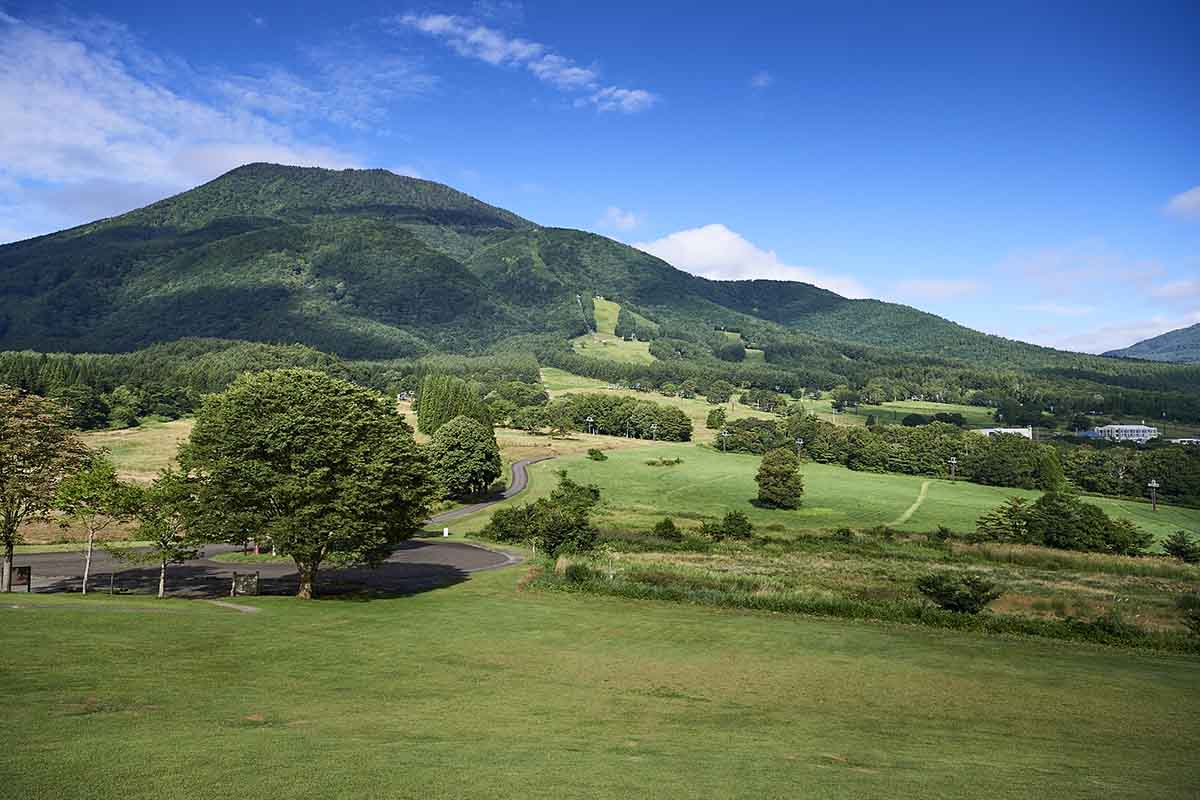
A long time ago I conducted research and exploration in the Arctic and in Ethiopia and many other regions. I saw many parts of the world but found myself particularly drawn to the natural beauty of Japan and decided I wanted to live here. At the time I would have been happy to live in any rural part of the country. After a while a friend invited me to Shinanomachi. I spent a year living in an old house with a thatched roof and found the people very friendly and the town very comfortable. That’s when I began thinking it would be a good place to settle.
The town has much to recommend it. The air is good. The water is clean. The food—mountain greens, mushrooms, vegetables, freshwater fish—is delicious. With Tokyo not far away, the location is ideal. This is where I’ve been able to pursue my dreams. I couldn’t have done so in the city. Everyone who visits from overseas remarks on how wonderful the nature and people are here in Shinanomachi.
Abundant forests in which flora and fauna coexist have been scientifically proven to have a healing effect. Such abundant forests can be found here in Shinanomachi. In cooperation with medical institutions, we tested visitors’ blood and blood pressure before and after walking in the forest, and everyone exhibited lower blood pressure and higher immunity in the “after” testing. We had children draw pictures after walking in the woods and you could see the effect it had on their drawings and gestures. I think woodlands are the future of Shinanomachi—quiet, free of unpleasant smells, and easy on the eyes. The sounds of the forest—the babbling of little streams, the twittering of songbirds, the calls of frogs and insects—speak gently to people. Half of our DNA is from the sea, but the other half is from the forest. Woodlands are where our hearts belong. We have two horses now living at the Afan Woodlands Trust that are engaged in horse logging, a traditional, eco-friendly way of hauling timber. In the future we hope to also use horses for equine therapy and for mountain safaris.
My favorite place, of course, is the Afan Woodland Trust, but the view of Mt. Kurohime from the Kurohime Fairy Tale Museum is also lovely—very much like the scenery in Europe. I think it would be nice if sheep were kept there to eat the weeds, and even better if there were horses, too. I also very much like the view looking down on Lake Nojiri and its surroundings from the upper part of Mt. Madarao.
 The view from the Kurohime Fairy Tale Museum
The view from the Kurohime Fairy Tale MuseumJapanese people, and particularly those in Shinanomachi and other rural areas, are kind and always willing to help someone in trouble. If you need anything, don’t be afraid to ask! Shinanomachi has good forests, many places where you can camp, and inns that are accustomed to guests from overseas. If you’ve come all the way to Japan, you should definitely jump in and experience the wonderful natural environment of Shinanomachi.